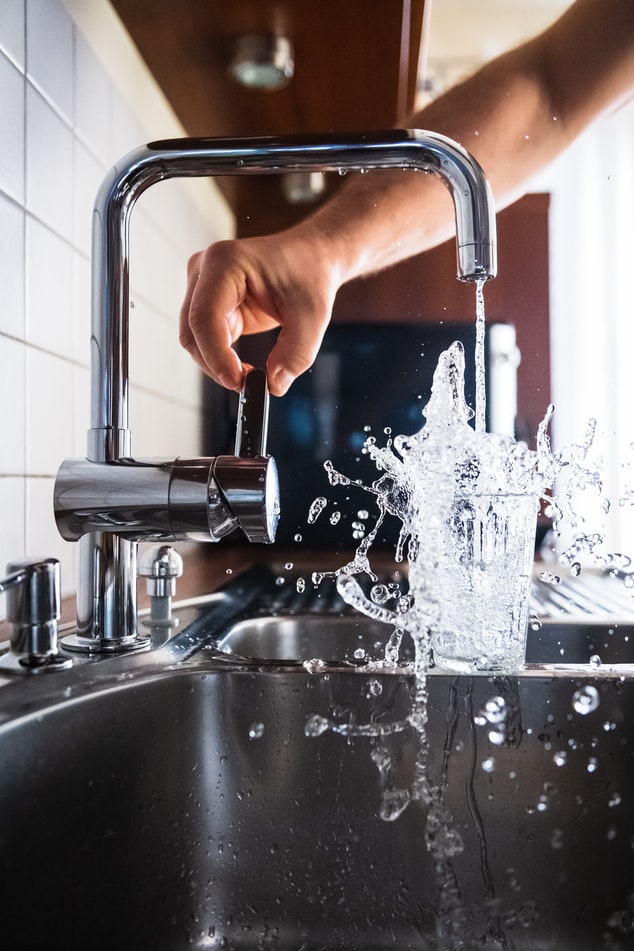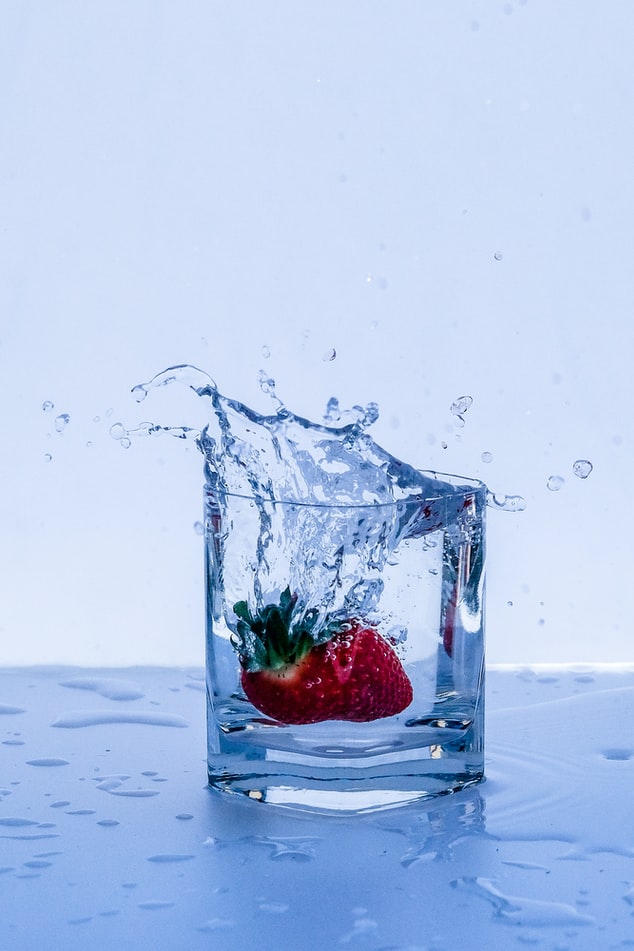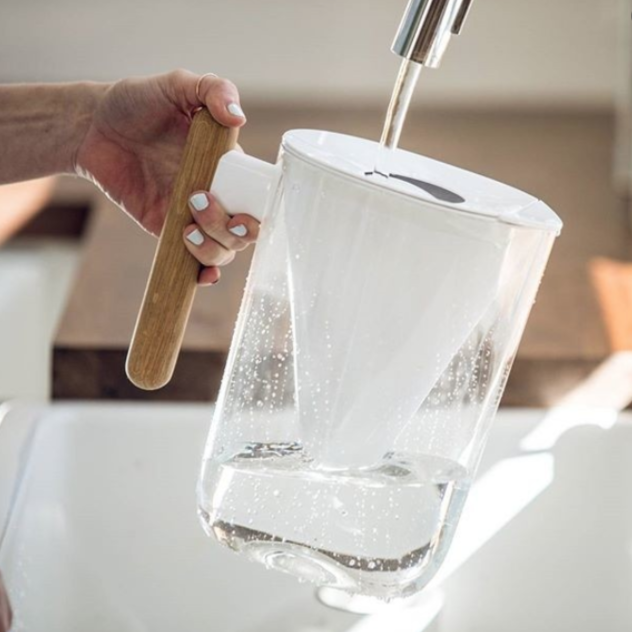Many of today’s water filtering systems come with fluoride removal with reverse osmosis filtration. The technology allows you to take it easy and not worry about contaminant issues in your water!
Thanks to reverse osmosis, the water you use for drinking, and hygienic purposes is a lot safer and pure. But what is reverse osmosis? How does it exactly work? We’ll answer those questions and learn about other related things in this piece.
Reverse Osmosis
Many water purification processes exist in today’s modern and technology-filled world. Reverse osmosis filtration is one of those approaches. The process involves a semipermeable membrane that eliminates contaminants and other unwanted compounds from unfiltered water. The water then flows into another concentrated portion of the device, where more contaminant abatement continues. The result is clean and safe water for drinking and other purposes. Permeate is the term for the resulting water, while brine or waste is the term for the concentrated or leftover water.
Contaminants Reverse Osmosis Eliminates
Reverse osmosis is highly efficient in getting rid of debris, microorganisms, dirt, and chemicals. Some of these chemicals include the following:
- Chlorine
- Fluoride
- Chromium
- Salts
- Arsenic
- Sediments
- Carbon
- Nitrates
Where Can Reverse Osmosis Systems Work?
You have the liberty to install a reverse osmosis system in any location where water filtration is a requirement.
- Pools and bathhouses
- Ice Machines
- Aquariums
- Well Water
- Industrial and commercial settings
- Treatment facilities
- Rv motorhomes
The Parts Of A Reverse Osmosis System
A reverse osmosis filter is composed of a set of parts, each with its specific function or use.
Feed Solution
The feed solution is where the water comes from. It is a portion of the system that has undergone several chemical treatment processes.
Central Tube
The central tube manages where the water goes throughout the sections of the reverse osmosis membrane.
Brine Seal
The brine seal acts as a barrier that prevents any water from passing through the feed solution.
Permeate Collection Material
This part of the reverse osmosis system collects permeate or the final water product.
Reverse Osmosis Membrane
Reverse osmosis membranes are thin, composite film-like materials. The membrane is one of the most necessary portions of the entire system. Its function is to reject any form of contaminants in water.
Feed Channel Spacer
Channel spacers go in between the membranes. They act as turbulence promoters to assist in the overall filtration process.
Outer Wrap
The outer wrap is responsible for the protection of the membranes and other elements. You can use a different kind of wrap. However, it will depend on what type of water you are processing.
How Reverse Osmosis Works For A Water Filter, Step-By-Step
Here is a simple rundown of how reverse osmosis works.
- The first step is for the water to enter the filter system, which undergoes prefiltration. Any traces of chlorine and sediment are taken care of. This part keeps the osmosis membrane safe and free of damage.
- The second part of the process involves the water entering the reverse osmosis membrane. The membrane removes dissolved particles. These particles are microscopic.
- Lastly, the water goes to a storage tank. The water stays there until you open one of your setting’s hoses or faucets. The water goes through an additional postfilter to make it as safe, pure, and clean as it can get.
The Benefits Of Reverse Osmosis
Reverse osmosis system water filters in your commercial or residential setting would be one of the most beneficial investments you can have. Here are the advantages of having one.
- The system dissolves any solids in the water. You get healthier and safe water as a product.
- Reverse osmosis filtration systems improve the overall quality and taste of the water you drink.
- It eliminates any odors and tastes that might be present.
- Reverse osmosis systems are easy to install. You can set one up in less than a day.
- These systems can outperform bottled water, being the more environmentally-friendly option.
- Most reverse osmosis filters can fit any setting.
- Maintenance is not an issue.
- They are cheap and cost-effective.
The Disadvantages Of Reverse Osmosis Filters
Any item in the world has its share of positive features. And the same goes for negative ones. Here are some of the negative aspects of a reverse osmosis system.
- The system requires a lot of energy to make it run.
- A lot of pressure is mandatory for the system to work efficiently.
- There is a possibility that the water you filter may turn out acidic. This chance would be the result of all mineral content in the water being eliminated beforehand.
- The system can also get rid of healthy minerals. Some of these minerals include calcium, manganese, lead, zinc, selenium, and iron. The body requires such minerals to function well.
How Long Does A Reverse Osmosis Filter Last?
Your filtration system can last for at least ten to twenty years. You, as the owner, can make this happen if you use the filter with care. Also, check for any damages once in a while. Consider replacing parts if the need arises. Get in touch with your filter manufacturers for additional instructions on how you can make your device work and last longer.
The Takeaway
You will find out that there are other alternatives to a reverse osmosis filtration system out in the market today. Some of them are expensive, and the others are not. Don’t get us wrong. These other options are all wonderful in their prime. However, a reverse osmosis system is one of the best choices out there. With it, your drinking water is a lot cleaner and safer. You will have a significant health improvement, and this aspect is a swell plus for people with health-related troubles. You won’t need to spend thousands of dollars to install and maintain one. You can utilize it commercially or privately. And finally, the system can last for as long as you take care of it properly.
So better say your final farewells for all your safe and clean water woes. Such a system is a win-win if you ask us.
Related Article:



No comments:
Post a Comment